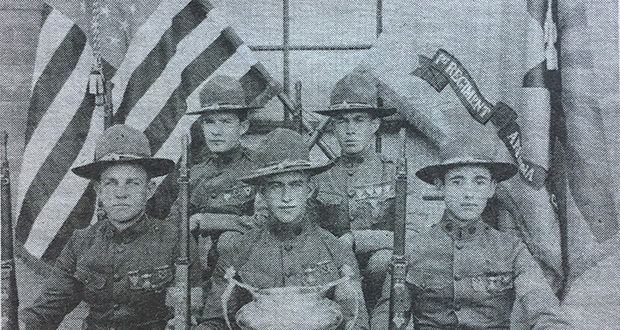Alchesay
Arizona Capitol Reports Staff//August 17, 2007//[read_meter]
Photo credited only as “Alchesay and son,” could possibly be A-1 and Baha When Baha Alchesay was buried near Whiteriver on Oct. 15, 1952, many Apaches felt that the era...
No tags for this post.

















